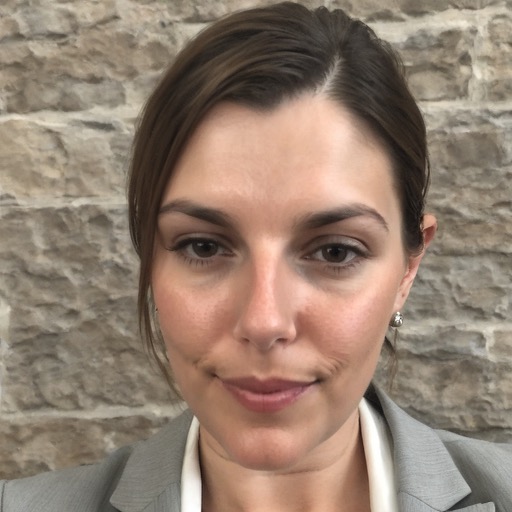Detecting Repeating Earthquakes on the San Andreas Fault with Unsupervised Machine-Learning of Spectrograms
Theresa Sawi
U.S. Geological Survey

- Date & Time
- Location
- In-Person & Online via Microsoft Teams
- Host
- Jeff McGuire
- Summary
Repeating earthquakes sequences are widespread along California’s San Andreas fault (SAF) system and are vital for studying earthquake source processes, fault properties, and improving seismic hazard models. In this talk, I’ll be discussing an unsupervised machine learning‐based method for detecting repeating earthquake sequences (RES) to expand existing RES catalogs or to perform initial, exploratory searches. This method reduces spectrograms of earthquake waveforms into low-dimensionality “fingerprints” that can then be clustered into similar groups independent of initial earthquake locations, allowing for a global search of similar earthquakes whose locations can afterwards be precisely determined via double-difference relocation. We apply this method to ∼4000 small (Ml 0–3.5) located on a 10-km-long creeping segment of SAF and double the number of detected RES, allowing for greater spatial coverage of slip‐rate estimations at seismogenic depths. This method is complimentary to existing cross‐correlation‐based methods, leading to more complete RES catalogs and a better understanding of slip rates at depth.
Closed captions are typically available a few days after the seminar. To turn them on, press the ‘CC’ button on the video player. For older seminars that don’t have closed captions, please email us, and we will do our best to accommodate your request.
 Jump to Navigation
Jump to Navigation